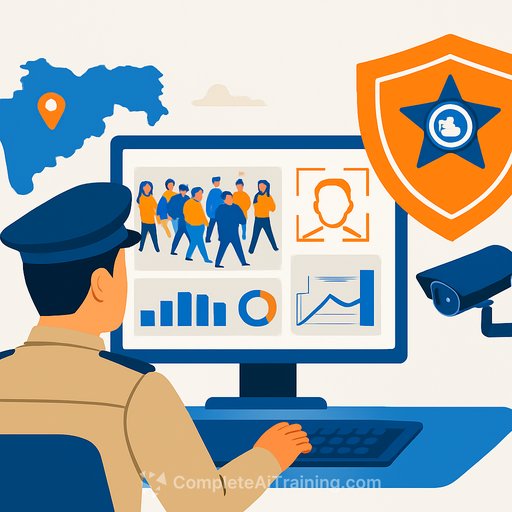HLTH25: Health systems report real gains from AI in capacity, triage, and documentation
At HLTH 2025, leaders from Houston Methodist, Risant Health, UPMC, and Advocate Health shared early results that matter to operators: fewer unnecessary visits, faster care routing, lighter documentation loads, and signs of improved outcomes. This year wasn't about hype. It was about numbers and playbooks.
Why this matters for management
- Capacity: Houston Methodist's "care traffic control" and remote monitoring contributed to a lower average mortality rate while moving patients to the right level of care faster.
- Access and cost: Geisinger reports ~20% fewer unnecessary ER encounters and 7% fewer avoidable specialty referrals using Risant's Intelligent Triage.
- Productivity: Ambient documentation tools are saving physicians about an hour a day; some senior clinicians say it's renewed their energy for patient care.
- Strategy: Atrium's early-detection focus enables lower-cost interventions for up to 90% of the patient base.
Capacity and care orchestration: Houston Methodist
Houston Methodist rolled out a "smart hospital" strategy anchored by wearables and an AI-backed care coordination hub that nudges clinicians when a patient may need higher acuity care. Since deployment, the system has seen a reduction in its average mortality rate.
"Artificial intelligence, automation, remote monitoring and digital-first services are part of our future. They are the tools that will help make our care teams make faster, safer decisions," said President and CEO Dr. Mark Boom. The next move: apply inpatient lessons to home health and shift roughly 20% of specialty care to virtual over three years.
Standardization and triage at scale: Risant Health and Geisinger
Risant Health integrated value-based care guides into the EHR to standardize work-ups for common primary care conditions across Kaiser Permanente, Geisinger, and Cone Health. Clinicians get evidence-based next steps and integrated orders inside their normal workflow.
Risant's Intelligent Triage directs patients to the most appropriate setting, cutting unnecessary ER encounters by around 20% at Geisinger and reducing avoidable specialty referrals by 7% over the past year. "It leads to faster resolution for patient concerns, lower cost sharing for patients and frees up specialty access," said Dr. Benjamin Hohmuth, Geisinger's CMIO. When specialists are needed, e-consults are preferred: "The specialist can do a lot more e-consults in an hour than they can do in person."
Prevention over spend: Atrium One Health
Atrium invested in AI tools that spot risk early so teams can act before costs spike - think managing hypertension before adding meds. "We could all spend billions of dollars on new technologies, new tools that we all find interesting," said Kelly Garrison, chief value officer at One Health. "But the tools that enable early interventions reach 90% of patients - and that's where the savings show up."
Documentation relief and talent advantage
Ambient AI and notetaking are sticking. Atrium's use of Microsoft's DAX Copilot is giving seasoned clinicians "a new lease on caring for their patients," according to Dr. Mark Collins. Geisinger reports physicians are saving roughly an hour a day with ambient listening.
Documentation relief is now a recruiting lever. "If you don't have this technology, people on the front lines may not want to come to your facility," said Amy Meister, senior vice president at UPMC and president of its community and ambulatory services division.
Operator playbook: how to copy what's working
- Pick high-friction workflows first: capacity management, triage/referrals, and documentation. These produce visible wins fast.
- Standardize common conditions: build EHR-integrated care guides with evidence-based orders for the top 20 primary care presentations.
- Define clear KPIs: avoidable ER rate, specialty referral rate, LOS, mortality index, provider time saved per day, and patient access (days to appointment).
- Embed safety and governance: clinical review of algorithms, alert fatigue thresholds, retrospective audits, and bias testing. Require vendor ROI baselines and quarterly reports.
- Design for workflow, not dashboards: keep nudges inside the EHR and route tasks to the right role (RN, APP, specialist) with clear SLAs.
- Build the workforce plan: training, playbooks, and incentives. Pair physician champions with operations to drive adoption.
- Scale virtual appropriately: expand e-consults and shift a defined share of specialty visits to virtual where outcomes and experience hold.
- Close the loop: publish monthly scorecards to service lines; reinvest savings into access, staffing, and home-based care.
Useful links
Level up your team
If you're building an AI roadmap and need your managers and clinicians aligned, explore curated AI learning paths by role: Complete AI Training: Courses by Job.
Your membership also unlocks:






